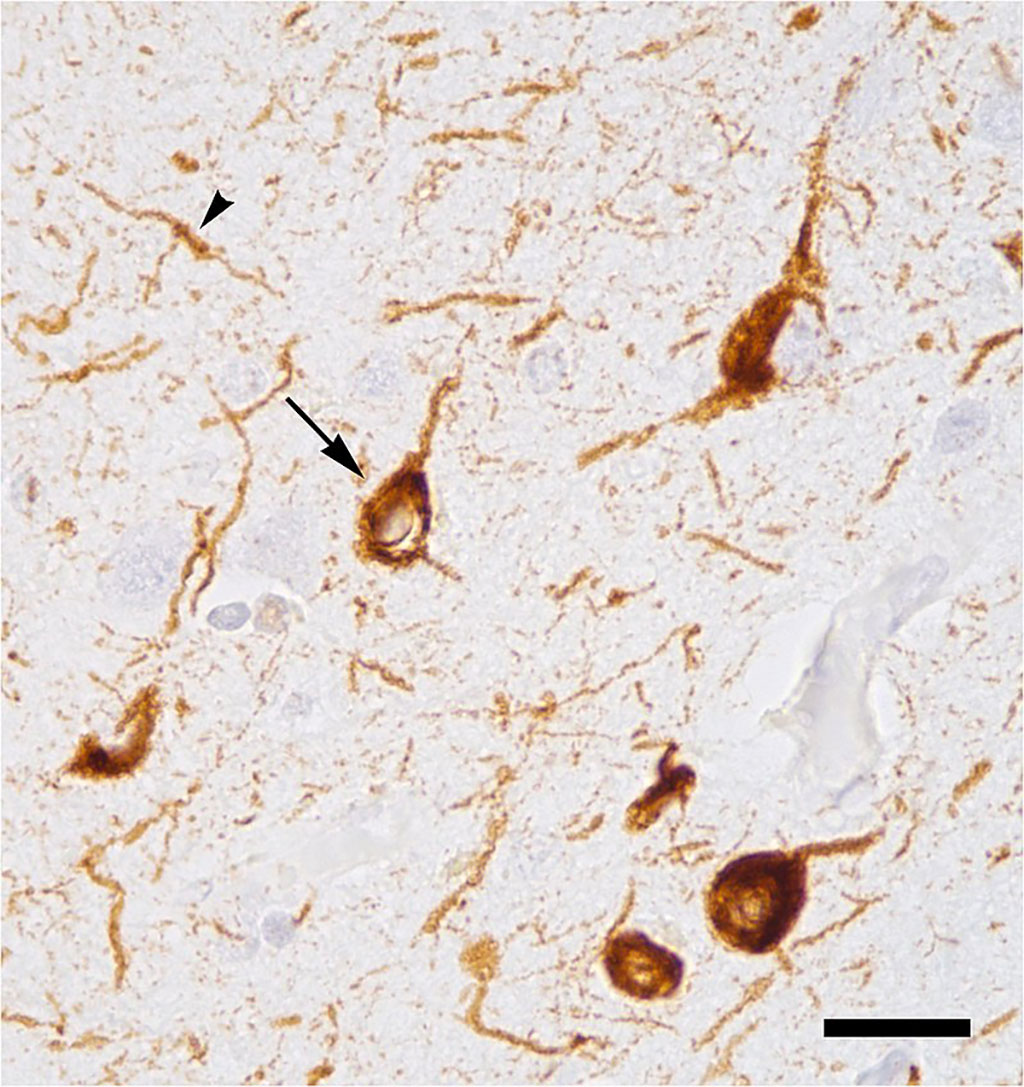Results of Alzheimer’s Disease Blood Tests Are Skewed by Unrelated Chronic Conditions
Posted on 02 Jun 2022
The affect of chronic medical conditions such as chronic kidney disease on circulating levels of phosphorylated tau proteins (p-tau) must be evaluated before a p-tau blood test can be used for diagnosis of Alzheimer’s disease and other forms of dementia.
The tau proteins are a group of six highly soluble protein isoforms produced by alternative splicing from the MAPT (microtubule-associated protein tau) gene. They have roles primarily in maintaining the stability of microtubules in axons and are abundant in the neurons of the central nervous system (CNS). They are less common elsewhere but are also expressed at very low levels in CNS astrocytes and oligodendrocytes. Pathologies and dementias of the nervous system such as Alzheimer's disease and Parkinson's disease are associated with tau proteins that have morphed into hyperphosphorylated insoluble aggregates called neurofibrillary tangles.

Investigators at the Indiana University School of Medicine (Indianapolis, IN, USA) and the Mayo Clinic (Rochester, MN, USA) have demonstrated that blood levels of P-tau were indicators of the development of Alzheimer’s disease pathology in the brain. However, the usefulness of these biomarkers as diagnostic aids in community-based population settings remains to be proven.
In a new study, the investigators have aimed to establish normal reference ranges for circulating p-tau and to evaluate the affect of other chronic medical conditions on levels of these proteins. For this work, the investigators determined levels of P-tau181 and P-tau217 in blood samples obtained from 1,329 participants (aged 0–98 years) in the Mayo Clinic Study of Aging.
Results revealed that multiple background conditions were associated with higher plasma P-tau181 and P-tau217 levels. For example the difference between participants with and without chronic kidney disease (CKD) was similar to the difference between participants with and without elevated brain amyloid.
First author Dr. Michelle Mielke, a neurologist at the Mayo Clinic, said, “The current work demonstrates that chronic kidney disease, stroke, and myocardial infarction can physiologically contribute to higher blood plasma P-tau levels but not Alzheimer’s disease pathology. As a result, individuals with these conditions may test positive, so that it appears they have Alzheimer’s disease when they do not. Incorporating this knowledge into the development of cutpoints will enhance accuracy and the future use of the blood-based biomarkers in the population for diagnosis, or even screening purposes.”
The study was published in the May 26, 2022, online edition of the journal Nature Medicine.
Related Links:
Indiana University School of Medicine
Mayo Clinic














